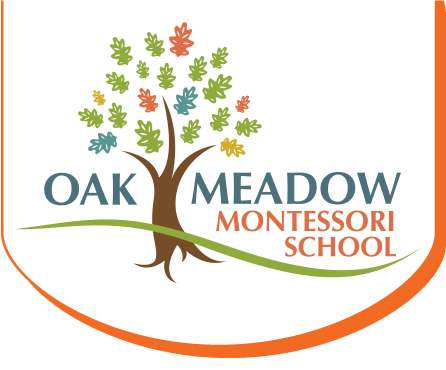One at a time, each sixth-year student stands in front of their peers to present their Spanish project. The only language spoken in this classroom is Spanish. All questions and conversations between the students, and with their teacher, are in Spanish. Students constructed their own city models, representing their unique designs, and patterned after architecture of their choice. Students stand in front of their classmates and share in Spanish a detailed description of their city. Listening to the students, I am impressed at how comfortable they are with Spanish, speaking with a level of fluency not typical for students in an upper elementary class.

Labeling everything in Spanish
The Spanish program at Oak Meadow provides students with benefits not found in many other schools. Students begin Spanish in Children’s House, at three years of age. Current brain research emphasizes the significant advantages of starting language study early. A child’s brain is uniquely capable of learning language; in fact, the brain adapts physically to support the development of specific language skills. Even our Kindergarten students hear and notice patterns, rhythms, tones, and sounds, and sometimes, this enables them to ask the teacher grammatical questions. By starting at a young age, students have a stronger likelihood of developing near native fluency.
Immersion in Spanish at Oak Meadow is strengthened by connecting language instruction to the student’s own interests and questions. The seventh-year students are going to be working on a project about their pets, using pictures and videos. They also will be researching a Spanish country and incorporating native food into the project. Even the youngest children at Oak Meadow learn Spanish in ways that are fun and connected to their everyday lives. Building on the Montessori approach, students learn through doing, integrating language into stories, games, music, and physical movement.

Explaining the city’s design
There is growing interest today in applying the benefits of immersive learning to other academic subjects. We cannot raise a new generation of innovative scientists, explorers, writers, researchers, teachers, and entrepreneurs by focusing primarily on memorizing content knowledge. In the world today, what matters most is not what you know but what you can do with knowledge. This outcome requires deep immersion and fluency in the methodology, tools, and language of the subject being learned.





